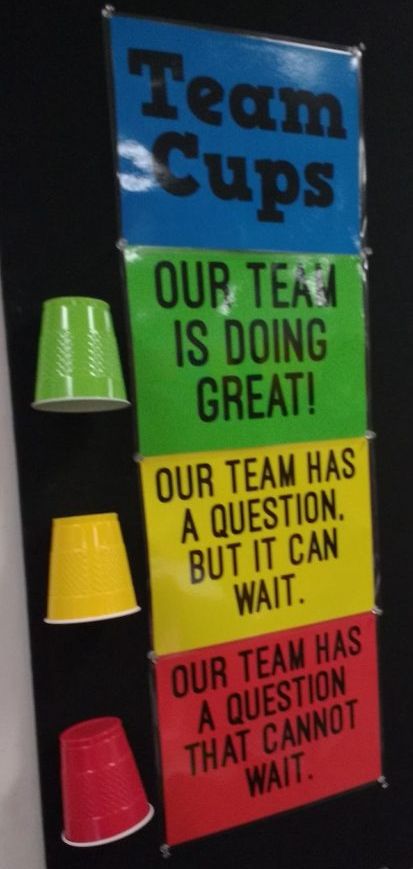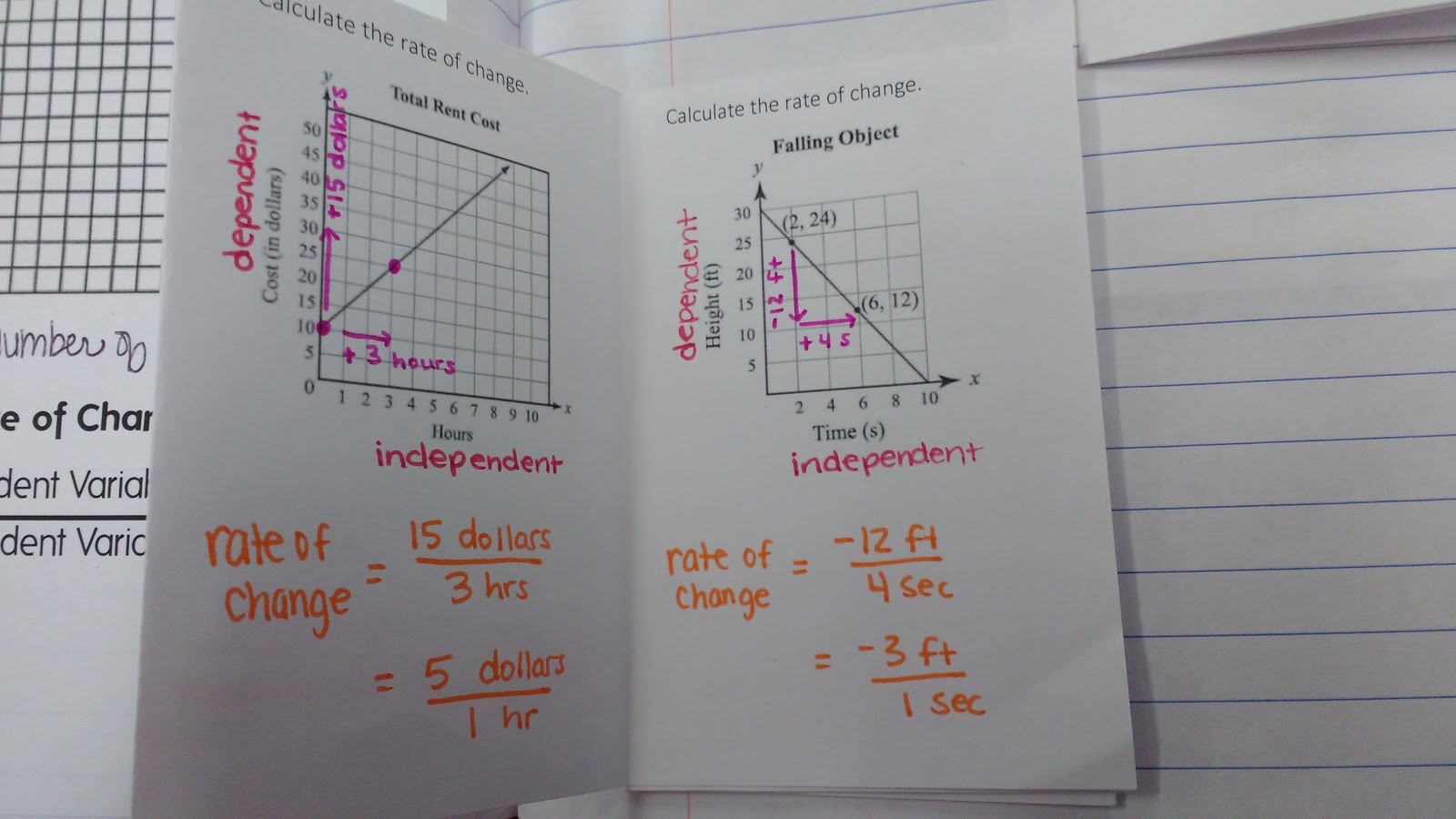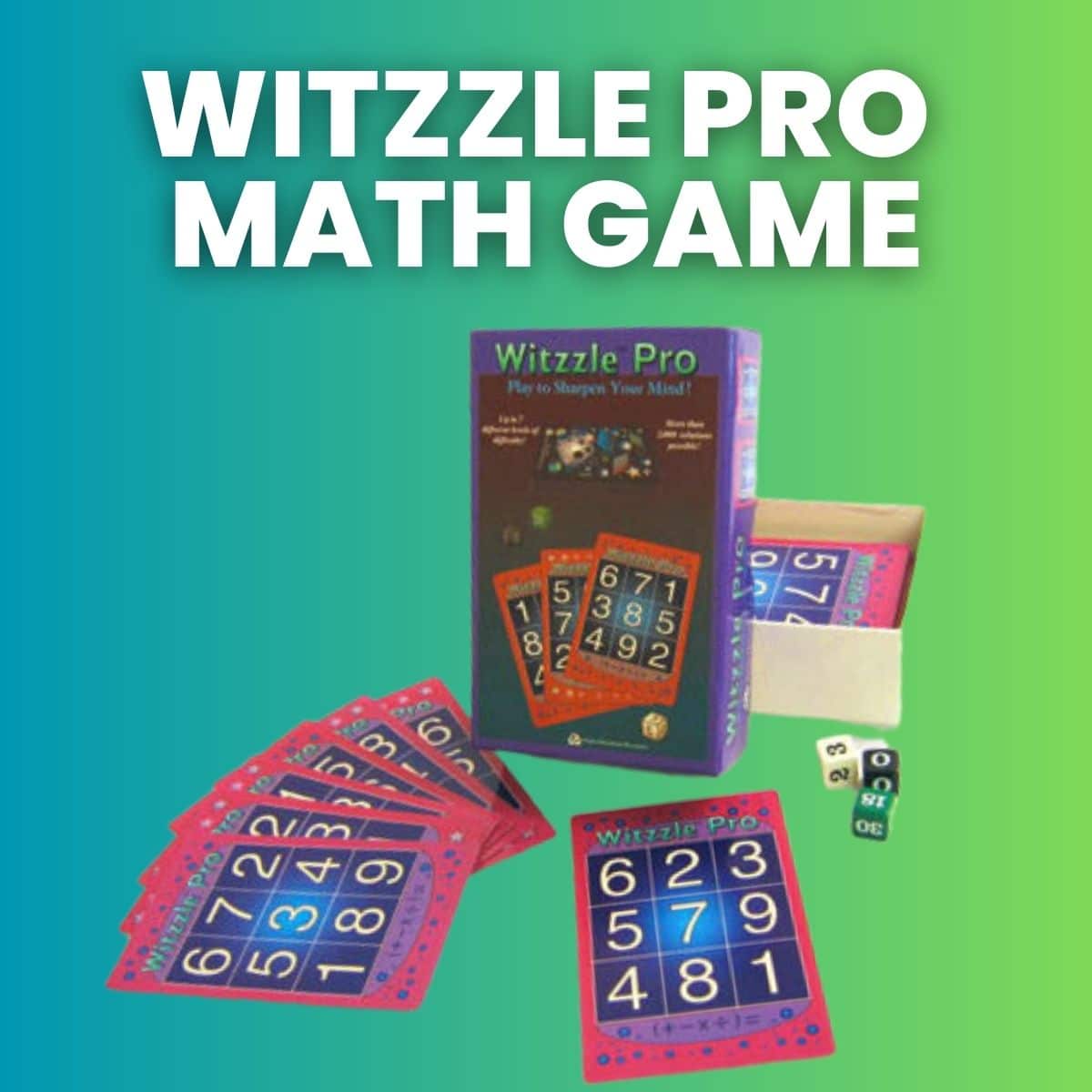Red Yellow Green Team Cups Posters
This blog post contains Amazon affiliate links. As an Amazon Associate, I earn a small commission from qualifying purchases.
One of my favorite strategies to use during group/team work is red/yellow/green cups. I have also heard these referred to as traffic light cups in the past.

I bought a package of each color of cups at Party City a few years ago. I’m still using the same cups, so they’ve held up well. I paid $2.99/package. I probably could have looked around and found them on sale, but I decided I had to buy them and stop procrastinating.

I first learned of this traffic light cups strategy from druinok who blogs at Teaching Statistics. You can read about her experience with trying this strategy out in her own classroom here.
Each group gets a stack of three cups. Red on bottom. Yellow in the middle. Green on top. At least that’s the way they start the activity.
As groups work together on the assigned task, they change which cup is on top of the stack to signal what they need from me.

If the green cup is showing, I know they are working well. If the yellow cup is showing, I know that group has a question, but they can keep working until I get to them. If the red cup is showing, I know that the group needs urgent help and feels they can’t move forward without me.
I find this colored cups strategy to be useful for multiple reasons. When students are working in groups, I sometimes have difficulty figuring out where I am needed most. If one group has a red cup up, I need to be there. If all of the groups have their red cups up, that means we need to pause the group work and come back together as a class. I obviously need to clarify the problem or reteach a certain concept. Plus, it forces my students to think about their own levels of understanding. They have to ask themselves, “Okay. We’re having trouble. Can we still keep working? Or are we completely against a brick wall?”
Here’s a picture of the red/yellow/green cups in action:

As you can see, this group is working well. You can find the factoring quadratics practice activity that they are working on here.
To jog students’ memory about what the cups stand for, I made a set of team cups posters to display. I printed the meaning of each color of cup on that color of paper. I didn’t know what color to make the title, so I just made it blue. That was a completely arbitrary choice.

I’m going to combine this strategy with some of the strategies and group work norms that I’ve learned about from reading Strength in Numbers: Collaborative Learning in Secondary Mathematics by Ilana Horn. The author emphasizes that groups need to make sure they have discussed their questions in their groups before asking them of the teacher. It needs to be a group question – not an individual question. So, when a group puts up a red cup, I need to make sure that the group agrees on the question before I even consider answering it. One way I can do this is by choosing which student in the group to ask for the question. I shouldn’t just ask the student who has their hand up.
Red Yellow Green Team Cups Poster Files
Click here to SAVE the file to your device.
Team Cup Posters (PDF)
1879 saves – 768.46 KB
If you go the Publisher route, you’ll need to also install these free fonts or substitute your own favorites: HVD Comic Serif Pro and Ostrich Sans Heavy. If you don’t want to fuss with fonts, just choose the PDF version.
Want more posters for your classroom? Check out my posters page!







I love this idea.
I also have to say, I've been stalking your blog getting ideas this past week and I am so excited to implement some of these ideas. First year teaching high school, so I'm excited with your activities and ideas. Thank you thank you!
And after reading my comment, I apologize for over-using the word ideas, haha!
Thanks! (And, for the record, I didn't even notice!)
Lovely simple visual idea – thanks
Thank you, Mark!
This comment has been removed by the author.
The structure you bring to group and individual work is always so simple and helpful. Thank you!
Thanks for so many great ideas!
I will let you know how they work out for me and my students.